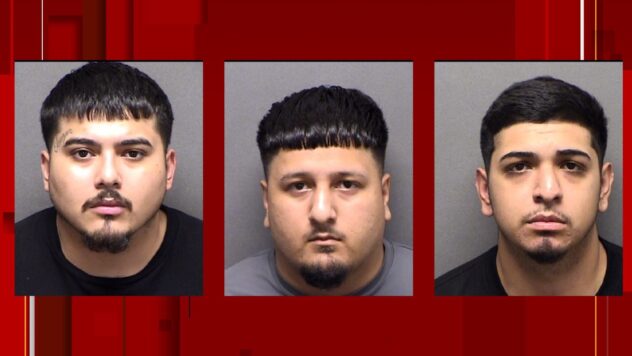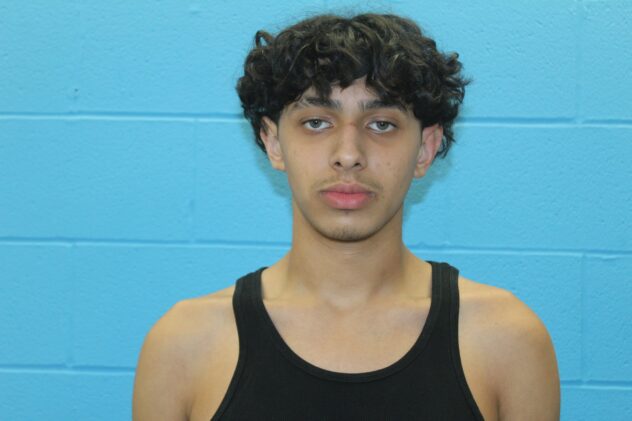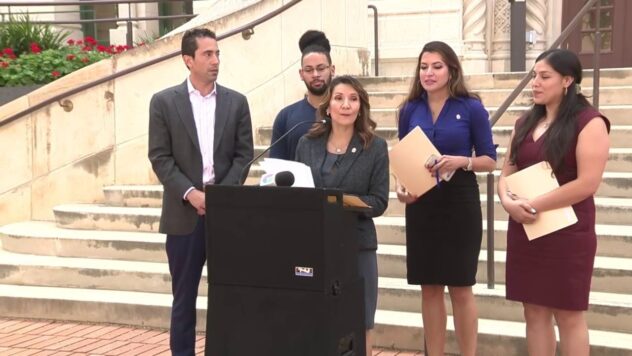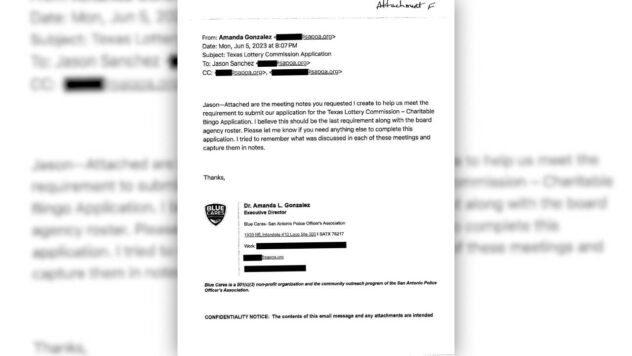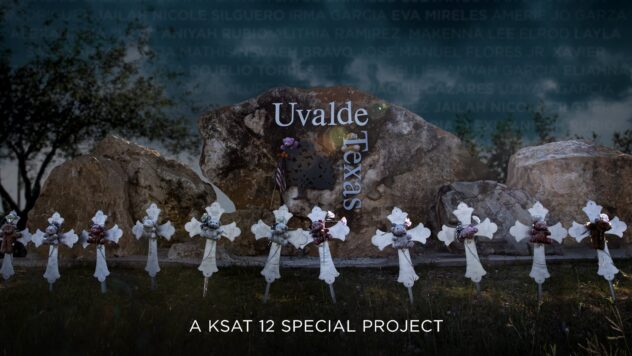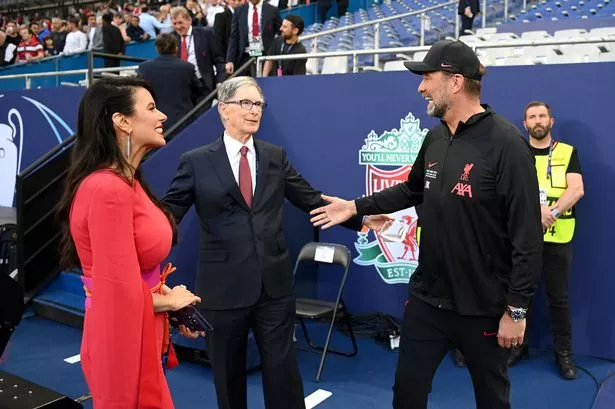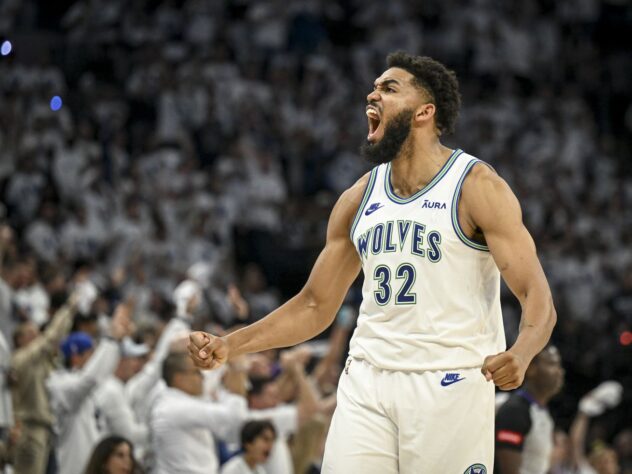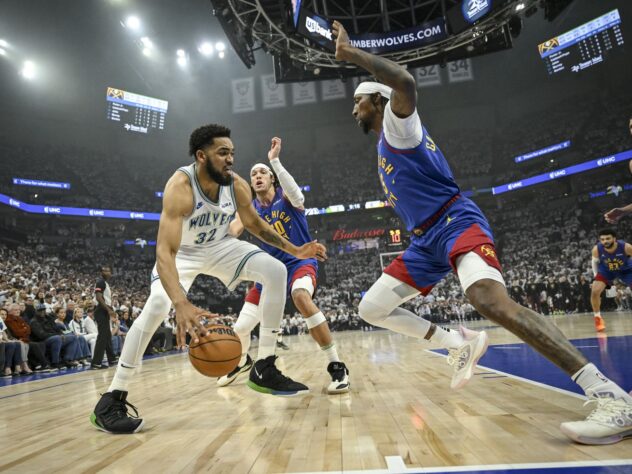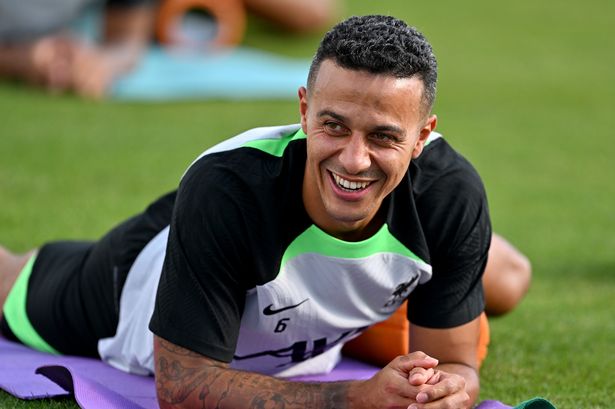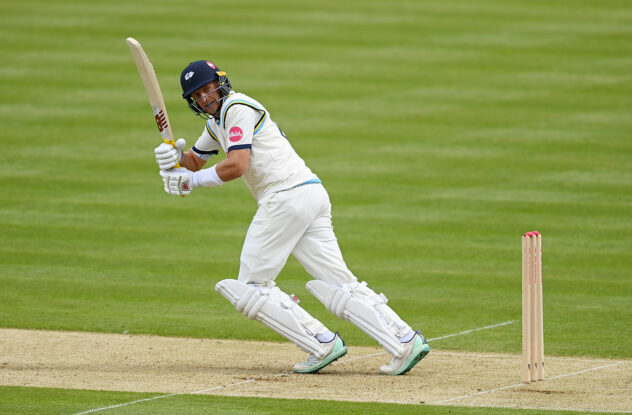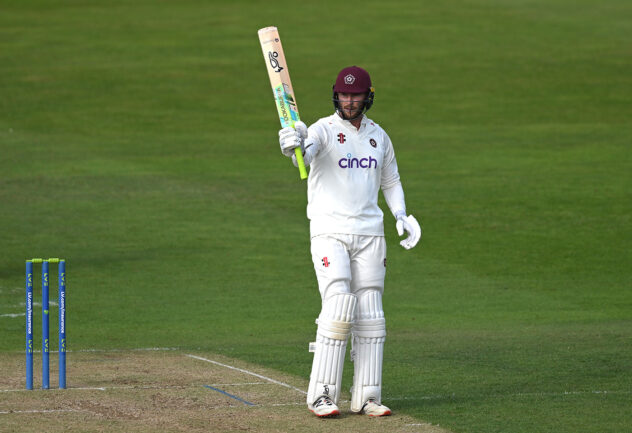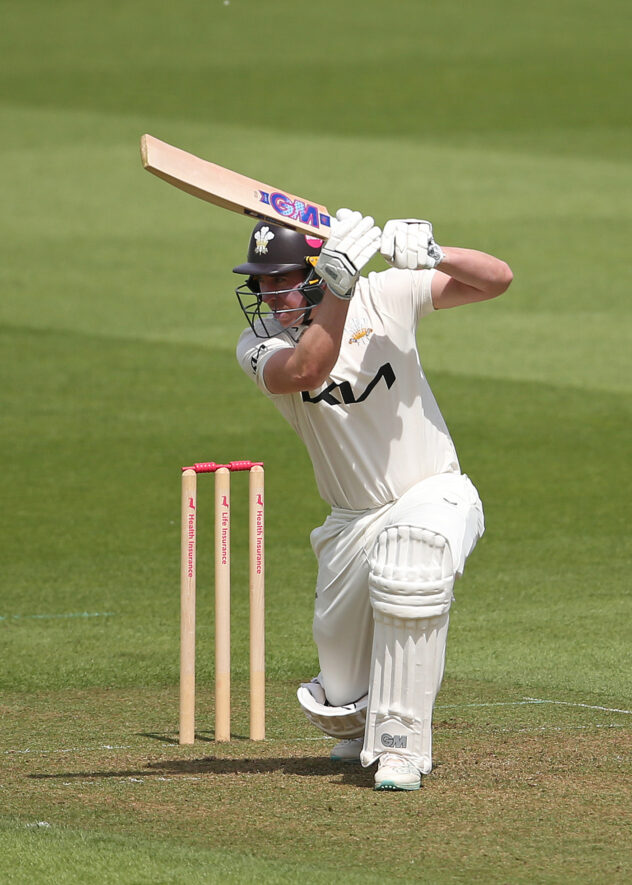Some colleges push viral testing, other ideas for reopening; others worry about deepening health crisis

-
University of Arizona President Robert Robbins, shown in April 2020, says the public university aims to bring students back to Tucson but with extensive public health measures.
University of Arizona President Robert Robbins, shown in April 2020, says the public university aims to bring students back to Tucson but with extensive public health measures.
Photo: Chris Richards/University Of Arizona
University of Arizona President Robert Robbins, shown in April 2020, says the public university aims to bring students back to Tucson but with extensive public health measures.
University of Arizona President Robert Robbins, shown in April 2020, says the public university aims to bring students back to Tucson but with extensive public health measures.
Photo: Chris Richards/University Of Arizona
One afternoon this week, Celeste Torres, a sociology student at the University of California at San Diego, stopped by a self-serve testing station to perform a five-minute ritual that could hold the key to reopening college campuses nationwide amid the deadly coronavirus pandemic.
Torres, who’s 27 and identifies with plural pronouns, used a cellphone to scan a code on the testing kit and link their name to it. Then Torres swabbed inside their nose to obtain a secretion sample, put the swab into a tube, slipped the tube into a plastic bag and dropped the whole into a collection bin. From there, the contents would be sent to a laboratory to check for the virus.
Torres wants the university to teach in person in the fall and has no problem with taking viral tests to help make that happen. “If they give us a little peace of mind, that kind of helps,” Torres said.
Many colleges and universities are pushing to bring students back to campus in the fall, pledging an all-out effort to overcome the extraordinary challenges of housing and teaching them during a public health crisis. The UC-San Diego experiment is one of many data-gathering initiatives advocates say are needed to reopen.
But the movement to resume higher education in person, after a rocky spring term of remote teaching and canceled commencements, is colliding with concerns that schools could deepen the health crisis if they act too quickly.
California State University, the nation’s largest four-year public system, became the most prominent voice of caution when it announced this week that most classes in the fall term would be delivered online to its 480,000 students.
“I want nothing more than for us all to stay well and be together,” Lynn Mahoney, president of the system’s San Francisco State University, wrote to her campus. “The COVID-19 pandemic sadly, however, does not allow us to have both . . . for now.”
Getting schools at all levels back to normal operations, or close to it, is viewed as crucial not only for education but also for the staggering economy. Colleges also sorely need tuition dollars to continue operating. But there are clear trade-offs. Gathering students in classrooms and residence halls could accelerate transmission of the novel coronavirus even if schools can persuade students to wear masks and maintain a protective distance from faculty and classmates.
Health experts fear some schools may be moving too fast to reopen. “There’s a huge push,” said Jean E. Chin, an associate clinical professor of medicine at the University of Georgia, who chairs a covid-19 task force for the American College Health Association. “I think probably much of it is revenue-driven.”
As scientific data on the pandemic develops, Chin said schools should have a better idea by July of whether campuses can safely reopen, and where. As of now, she said, the nation lacks adequate testing for the virus and adequate capacity to trace the contacts of those who are infected. There are also shortages of protective gear for doctors, nurses and others in health-care fields.
Opening campuses poses still more risks. Residence halls and classrooms bring together, in close quarters, students and scholars from all over the world. All potential carriers.
Trying to enforce social distancing anywhere on campus will be difficult. “Any time you bring young people back together again – oh my gosh,” Chin said. “There’s just going to be commingling. They can’t help themselves. They won’t be six feet apart wearing a mask.”
Chin said flexibility is crucial. Colleges that can pivot rapidly to online teaching if outbreaks intensify are going to be better prepared, she said. “Those that have only a single plan – I think they’re going to be in trouble.”
With so many variables, some schools are loath to make decisions. Princeton University President Christopher Eisgruber warned on May 4 that it was too early to know whether 5,400 undergraduates could return to campus. He pledged a decision by early July. “I appreciate that this uncertainty can itself add to the distress of this pandemic, but I am convinced that it is the most responsible way for Princeton to proceed,” he wrote.
But political pressure to act is mounting.
On Wednesday, Vice President Mike Pence held a conference call with 14 college and university presidents to learn about their reopening plans. “The discussion provided insight into a new chapter of reopening America,” the White House said in a statement.
There appears to be growing momentum at many colleges toward bringing students back, albeit with major limits. To avoid crowding in halls, lectures may go online or be broken into small-group discussions. Parties and spectator sports may be severely curtailed.
Of dozens of schools that have shared fall plans with the Chronicle of Higher Education, 65 percent as of Thursday say they are aiming for in-person instruction, while just 8 percent are planning to be online. Others are contemplating hybrid models or waiting to make decisions.
Some schools are blunt. “I am pleased to announce we are planning to have in-person classes on our beautiful campus this fall,” Oklahoma State University President Burns Hargis wrote on May 1. His school has about 25,000 students.
University of Arizona President Robert Robbins declared on April 30 that the 44,000-student public university aims to bring students back to Tucson but with extensive public health measures. Robbins wants to test nearly everyone on campus for the coronavirus and for the presence of antibodies that would indicate whether they had carried the virus at some point. Masks will be the norm for students, faculty and staff, he said. He will wear one himself “to set the tone.”
He envisions setting aside housing for those who need to be quarantined and using infirmaries to treat those who fall ill. He doesn’t want to send them home because that might hasten the spread of infection elsewhere. Professors and students with certain health vulnerabilities would be urged to stay away from the campus. But others would be welcomed. “I’ve heard from enough students and faculty members and parents and alumni,” Robbins said. “The demand is here for this on-campus – although modified – experience. They want to be here.”
Robbins, a heart surgeon and former president and chief executive of the Texas Medical Center in Houston, has medical credentials that lend authority to his views on reopening. He waves off questions about whether Arizona Gov. Doug Ducey, R, or other powerful politicians have influenced his thinking.
“I feel absolutely zero pressure from anybody to open the campus up,” Robbins said in a recent telephone interview. “I’m taking all the information in and processing it. I’m doing it with shared governance, with my leadership team. But at the end of the day, I’m the one making this decision.”
Like many higher education leaders, Robbins acknowledged financial worries. Continuing remote instruction in the fall could draw fewer students to enroll. Public universities are especially hungry for out-of-state students who pay higher rates. Robbins has his eye on Californians and Texans who are a core constituency for his university. They pay $36,600 a year in tuition – $24,000 more than Arizonans.
Fiscal pressures leave many colleges deeply vulnerable if they hint at a likelihood that campuses will remain closed. Some families could balk at paying up to $60,000 a year for an online education that was supposed to be a full residential experience. Many parents “would say, ‘Why would we do that?’ ” said William G. Tierney, an education professor at the University of Southern California. ” ‘If my kid is still going to be upstairs in his room, why would I pay full tuition?’ “
Yet colleges still must pay faculty and staff salaries, among many other expenses. Or else they must furlough employees or lay them off. “If they lose 50 percent of tuition in the fall, they’re doomed,” Tierney said.
UC-San Diego Chancellor Pradeep Khosla insists everyone’s safety is “priority one, two and three.” But he also has to balance the books in a bleak budget year. That means, in part, instilling confidence where there is fear.
To guide decision-making, the 38,000-student university is developing an early warning system that relies on fast, simple and voluntary testing for the virus. Ideally, Khosla would want to know every day who is infected and who is not. But that is impossible.
Instead, the university will use frequent sampling at various locales to monitor for virus hot spots. The hope is to reach at least 60 percent of the campus population each month. The cost could exceed $10 million a year, but Khosla says it would be worth it if testing helps the campus remain open.
So on Monday, the university began a trial with 5,000 students who, like Torres, have remained on campus for the spring term because their housing alternatives were slim. Researchers also plan to test wastewater. The hunt is on for the virus in La Jolla.
“I want to see, can we detect it, can we contain it?” Khosla said. “I want to use our capabilities to really understand how we can function until a vaccine is found.”

